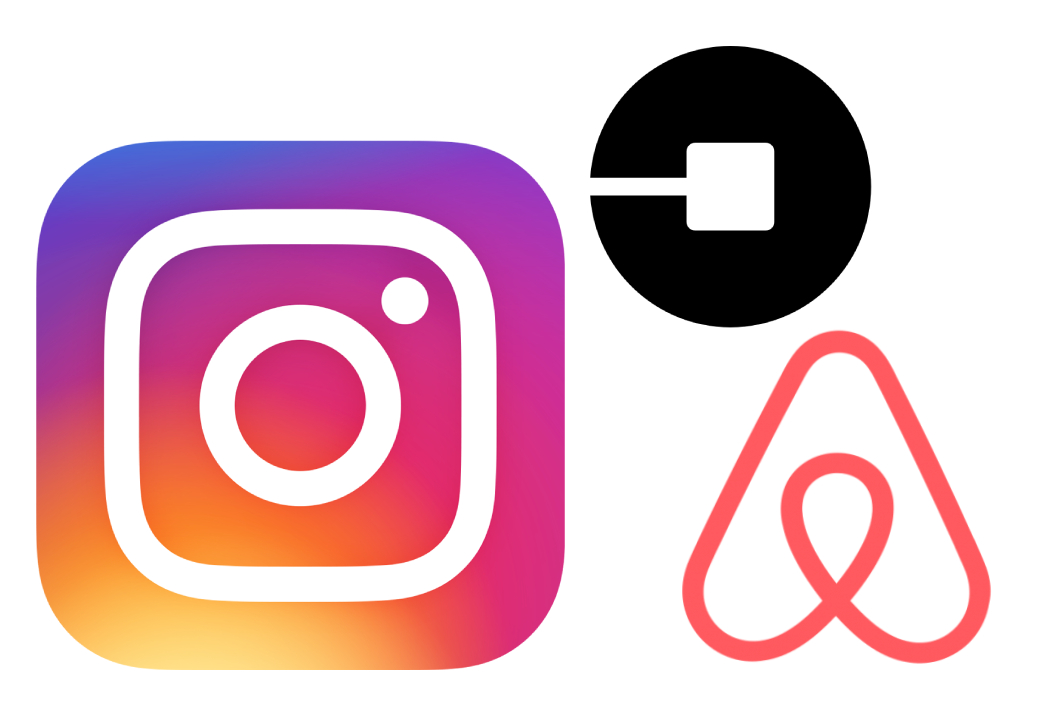
In a world where first impressions matter more than ever, modern brands are increasingly adopting minimalist logos. Companies like Airbnb, Uber, and Instagram have shifted toward clean, simple designs to enhance recognition and adaptability across various digital platforms. This move toward minimalism reflects a broader trend where less is more, aiming to create logos that are instantly recognizable and versatile in a fast-paced, digital landscape.
Key Reasons Brands Are Opting for Minimalist Logos
The shift toward minimalist logos is not just a design trend but a strategic move to address the needs of a digital-first world and evolving consumer preferences. There are several key reasons why brands are gravitating toward simpler logos:
- Digital Adaptability and Scalability: Simple designs scale better, ensuring the logo remains clear and recognizable regardless of size or resolution.
- Improved Recognizability: Brands aim for immediate identification, where consumers can instantly connect a symbol or wordmark to their products or services.
- Modern and Approachable Image: Minimalist logos often use clean lines, open spaces, and neutral colors, suggesting transparency, openness, and reliability — qualities highly valued by today's consumers.
- Enhanced User Experience: With the growing trend toward clean and functional digital interfaces, minimalist logos align well with user experience (UX) design principles. They avoid clutter, reduce cognitive load, and integrate seamlessly into various digital environments, enhancing overall usability.
- Versatility Across Platforms: Minimalist logos work well across multiple contexts — from apps and websites to packaging and physical signage. Their simplicity makes them highly versatile, maintaining a consistent brand identity regardless of where they are displayed.

Airbnb: From Complexity to Community
Airbnb's logo transformation in 2014 marked a significant shift from a wordmark to a minimalist design. The current logo, known as the "Bélo," features a simple, abstract symbol that combines a heart, a location pin, and the letter "A." This design captures the essence of the brand's core values: belonging, community, and connection. The minimalist approach makes the logo easily recognizable, scalable, and adaptable across various digital and physical formats, aligning with Airbnb’s global presence.

Uber: The Pursuit of Clarity
Uber has undergone multiple logo redesigns, with its most recent shift in 2018 to a minimalist wordmark. The previous logos were often criticized for being too abstract and confusing. The new, simplified logo focuses on clarity and readability, featuring a bold, sans-serif font that conveys reliability and trustworthiness. This minimalist design aligns with Uber's aim to provide a straightforward, efficient service while being easily adaptable across multiple languages and cultures.

Instagram: A Colorful Minimalism
Instagram's logo evolution is another example of the trend toward simplicity. The original logo, a realistic depiction of a vintage camera, was replaced in 2016 with a flat, simplified glyph of a camera against a gradient background. This change was made to reflect the app’s focus on creativity and visual content. The minimalist design enhances its digital compatibility, making it easily recognizable on various devices and platforms, while the vibrant gradient preserves the brand's playful and creative spirit.